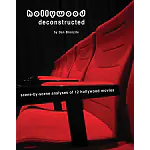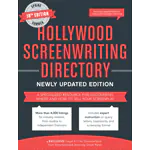Whose Point of View Is It?
Unless you are writing an ensemble movie like Robert Altman’s Short Cuts you will typically focus your story on a central character’s journey and the obstacles thrown in his…
Be Bold With Your Screenwriting
Every screenwriter wants to create an original, entertaining and memorable movie but that goal is often hard to achieve. There is no magic formula, no matter what anybody says. …
Structure Vs Free-Form Script Writing
Screenwriters, novice and pro, will inevitably have their own contrasting methodologies for writing a screenplay and you will often hear conflicting rules to adhere to from prominent screenwriting gurus…



